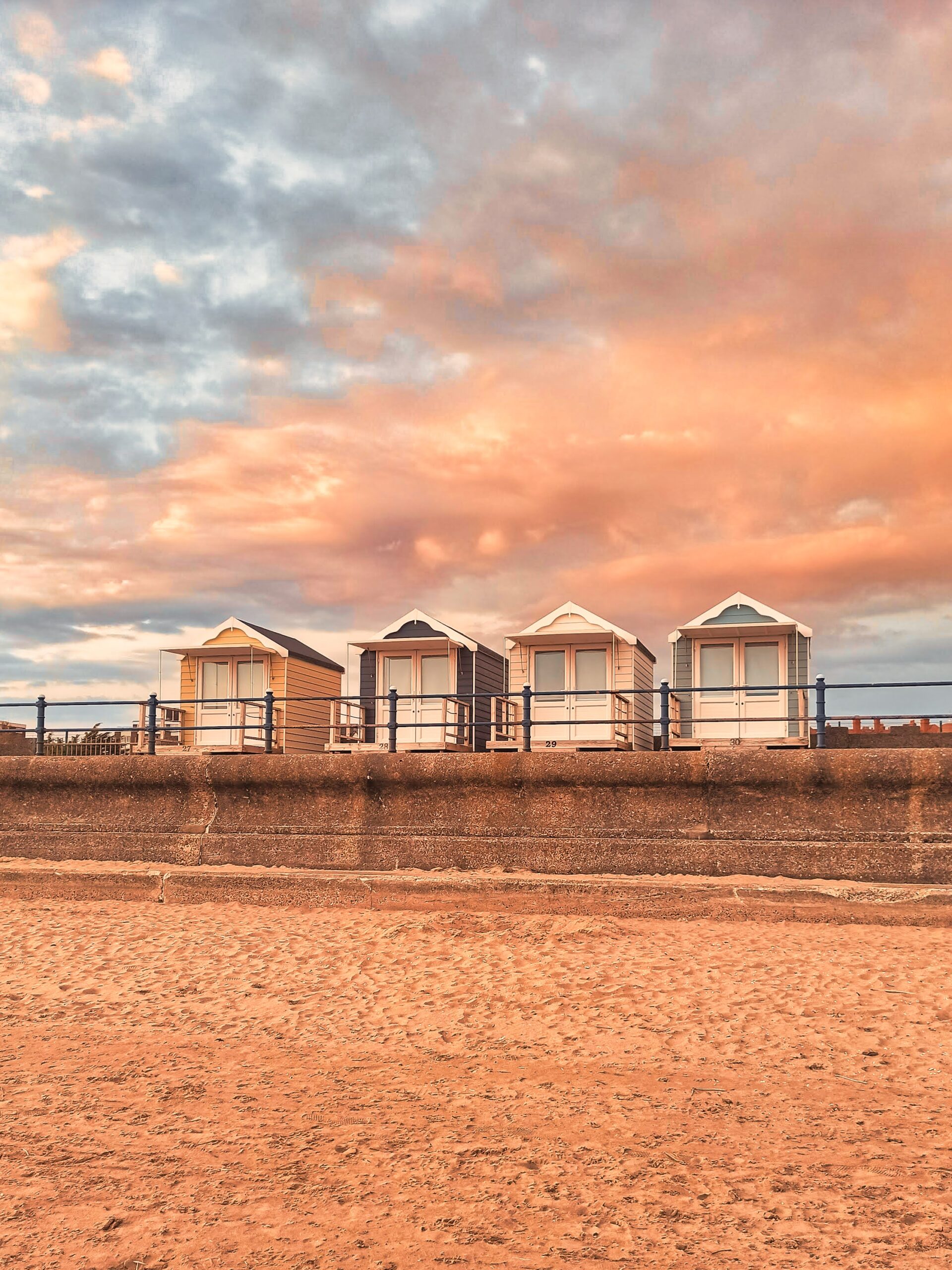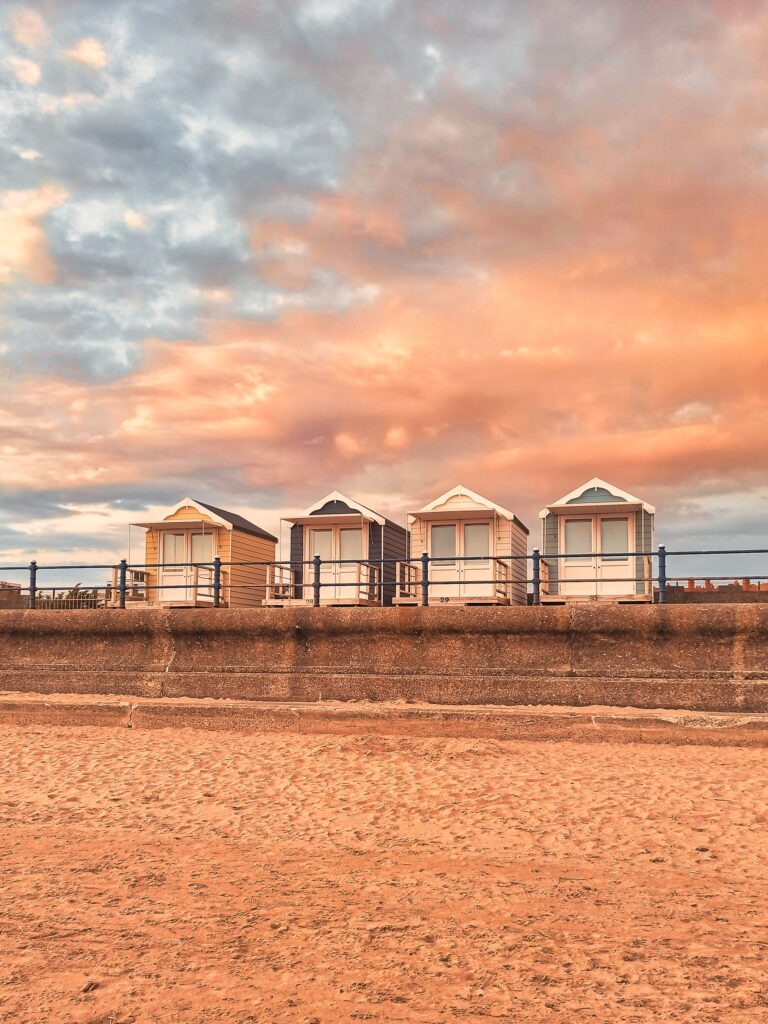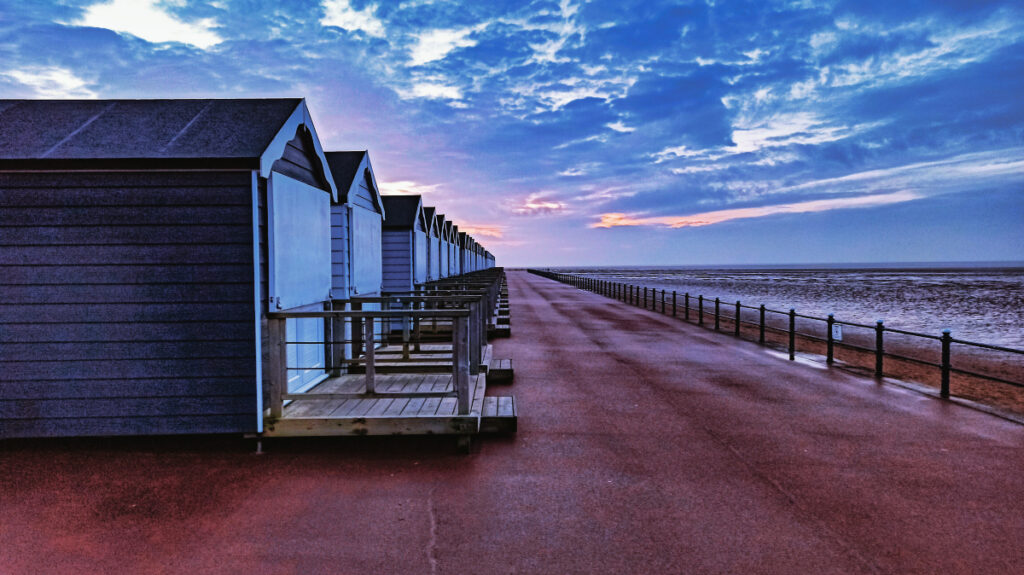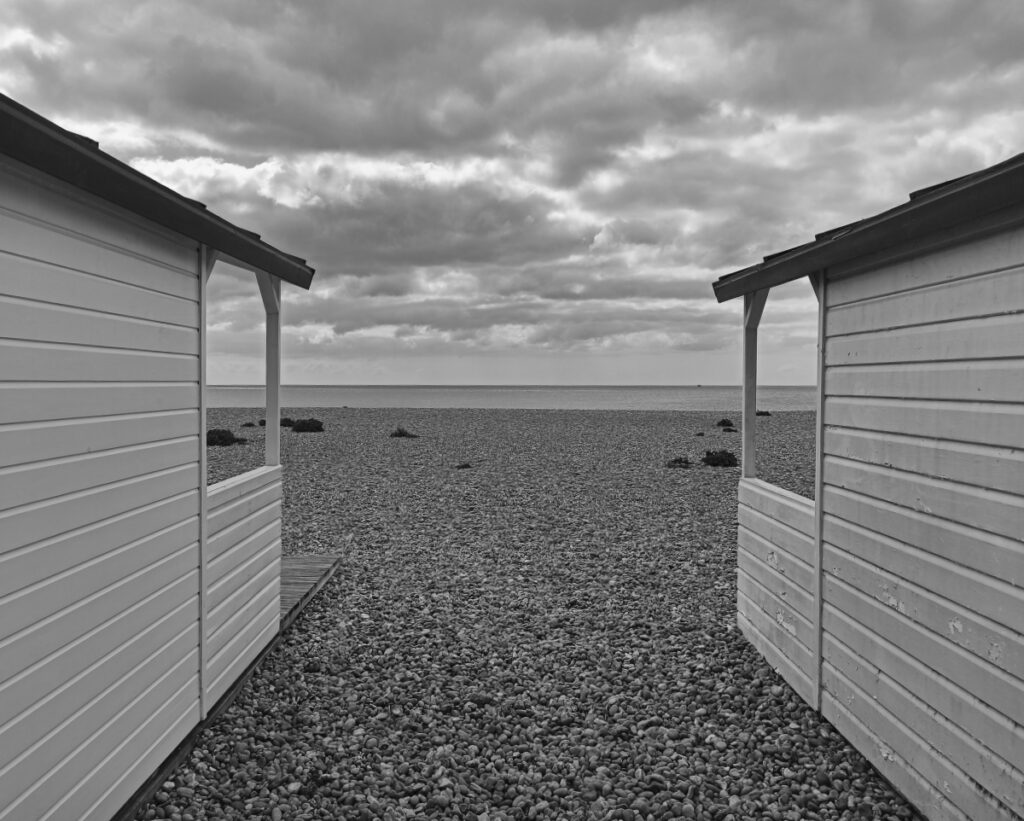Your basket is currently empty!
Beach Huts

Seaside beach huts are more than just brightly painted sheds on the sand. They’re a delightful symbol of the British seaside experience, boasting a rich history that stretches back over two and a quarter centuries.
A Victorian Cradle: Believe it or not, beach huts can trace their roots back to the Victorian era. The 18th century saw a surge in popularity for seaside holidays, particularly among the wealthy. Beach huts likely emerged in the early 19th century as a way for these Victorian vacationers to store bathing machines – horse-drawn carts that allowed bathers to change into their swimwear discreetly.

The 1950s Boom: Fast forward to the mid-20th century, and beach huts experienced a golden age. The post-war economic boom and rise of paid holidays led to a surge in seaside tourism for the working class. Beach huts became a way for families to claim a little piece of prime beach real estate, offering a place to store deckchairs, buckets and spades, and enjoy picnics with stunning sea views.
A Legacy of Colour: While the 1950s saw a boom in beach hut numbers, many of these earlier structures may not have survived the test of time. However, the tradition continues to thrive. Modern beach huts come in all shapes and sizes, painted in a dazzling array of colours. They’re no longer just for storage – some are even kitted out for overnight stays, offering a unique and charming seaside retreat.

Beyond Storage: Today, beach huts are more than just functional storage lockers. They’re a way of life for many seaside communities. They can be a source of pride for their owners, meticulously decorated and reflecting their personalities. Beach hut owners often form close-knit communities, sharing stories and laughter by the sea.

So, the next time you see a row of colourful beach huts lining a British beach, remember – they’re not just a pretty sight. They’re a testament to a rich tradition, offering a glimpse into the history and enduring charm of the Great British seaside experience.
